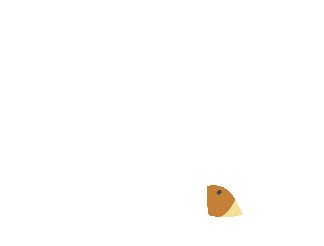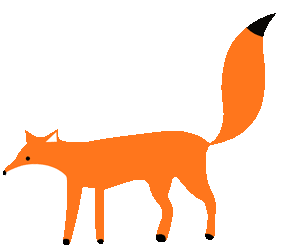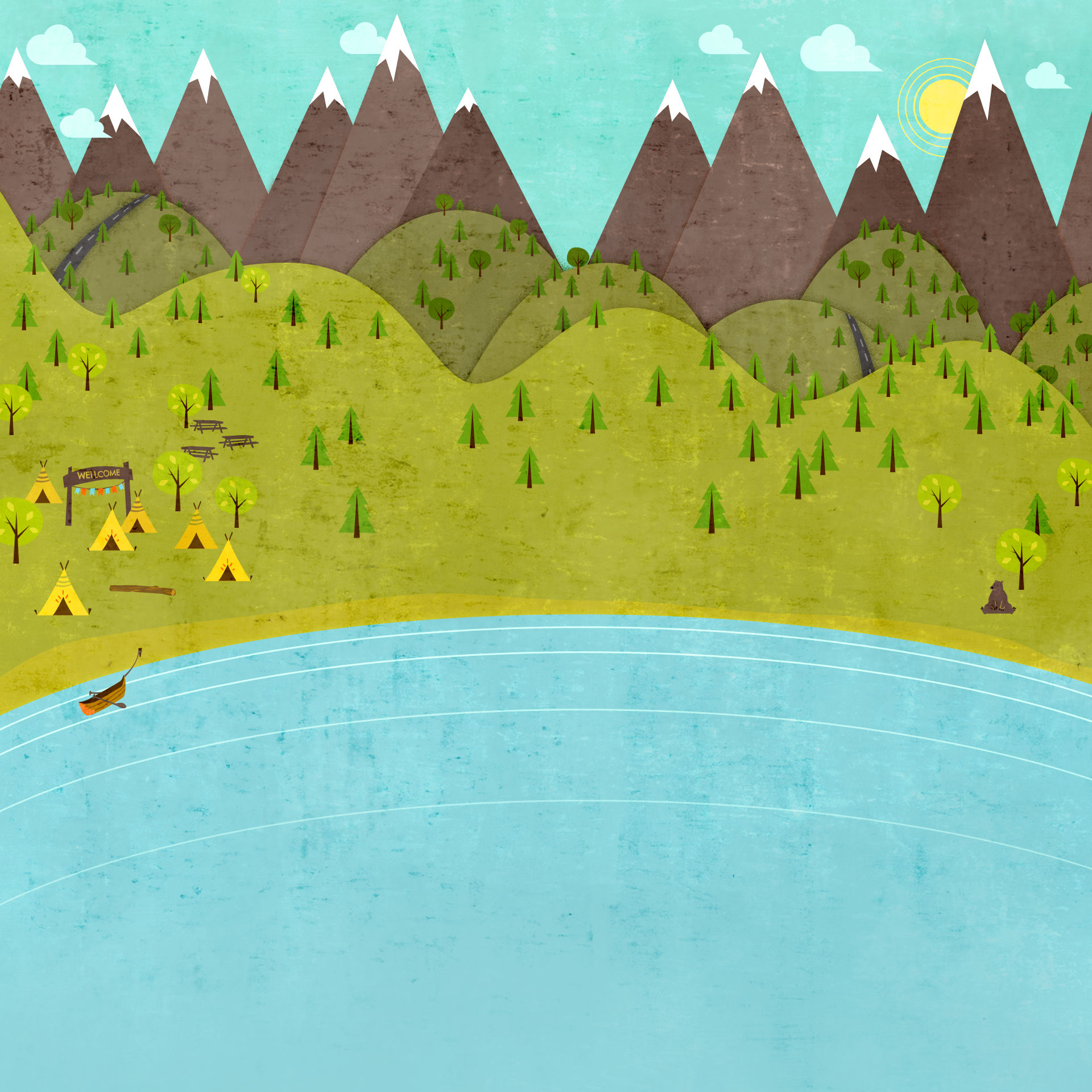
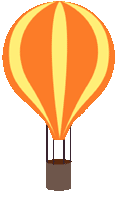
Crooked Wings still learn to fly

About Scoliosis
“Scoliosis... It’s In our makeup”
If you have scoliosis, you're not alone. About 3 out of every 100 people have some form of scoliosis. For many of them, it's not much of a problem. Some cases are genetic, coming down through the family, there's a great article here called "Understanding Genetic Factors in Idiopathic Scoliosis, a Complex Disease of Childhood".
Scoliosis can be congenital, meaning it was caused by a vertebral defect discovered at birth. Idiopathic scoliosis simply means the scoliosis occurred without known cause. It is truly worthwhile to look into the differing types of scoliosis to ensure that there is no underlying cause that you need to be aware of.
Here are some other types of scoliosis:
Idiopathic Scoliosis
Types of idiopathic scoliosis are categorized by both age at which the curve is detected and by the type and location of the curve.
When grouped by age, scoliosis usually is categorized into three age groups:
-
Infantile scoliosis: from birth to 3 years old. Infantile scoliosis occurs before age three and is seen more frequently in boys. Although neurologic involvement is possible, many resolve spontaneously. Some may progress to severe deformity.
-
Juvenile scoliosis: from 3 to 10 years old. Juvenile scoliosis is found more frequently in girls between the ages of 3 and 10. These curves are at a high risk for progression and often require surgical intervention.
-
Adolescent scoliosis: from 10 to 18 years old. Also termed adolescent ideopathic scoliosis (AIS), occurs in children age 10 to skeletal maturity. AIS may start at the onset of puberty or becomes apparent during an adolescent growth spurt. Females are at higher risk, often requiring surgical treatment, if non-operative treatment fails to halt curvature.

Other types of Scoliosis
Other types of scoliosis include:
-
Congenital scoliosis, which develops in utero and is present in infancy. A rare condition, affecting one in 10,000, there is no known cause, but in most cases the spinal curve must be corrected surgically, this scoliosis is:
-
Due to improper formation of vertebrae
-
Due to improper separation of vertebrae
-
-
Neuromuscular scoliosis is normally due to a disorder of the brain, spinal cord, and muscular system. Nerves and muscles are unable to maintain appropriate balance / alignment of the spine and trunk due to a neuromuscular condition such as muscular dystrophy or cerebral palsy. This may also be called myopathic scoliosis.
-
Syndromic scoliosis can occur as part of many syndromic diseases (both genetic and non-genetic syndromes). Examples include:
-
Marfan syndrome
-
Ehlers-Danlos syndrome
-
Other connective tissue disorders
-
Muscular dystrophy
-
Osteochondrodystrophy (dwarfism)
-
Neurofibromatosis (NF)
-
Noonan Syndrome
-
VATER/VACTERL Syndrome
-
Angelman Syndrome
-
Rett
-
Prader Willi
-
Osteogenesis Imperfecta
-
Trisomy 21 (Down's Syndrome)
-
-
Thoracic Insufficiency Syndrome (TIS): TIS is the inability of the thorax (chest) to support normal breathing and lung growth. Causes of this syndrome include:
-
Scoliosis
-
Kyphosis
-
Fusions or absence of ribs
-
Genetic causes
-
Lung disorders
-
-
Degenerative scoliosis (adult scoliosis), which is a common condition that occurs later in life as the joints in the spine degenerate. Read more about adult scoliosis.
Some people are of the opinion that scoliosis is due in some cases to the Polio vaccine given to our children as babies. There is a massage technique named Raindrop Therapy that eases these toxins from the spine, please see here for more information.
Rarely, scoliosis is caused by spinal lesion or tumor. Patients who are usually younger (age 8 to 11) than typical scoliosis patients will experience symptoms such as pain, numbness and a left-curving thoracic spine (levoscoliosis). A physician who sees any or a combination of these symptoms will order additional diagnostic tests, such as an MRI, to rule out the possibility of spinal tumor or other lesions as a cause of scoliosis.
Terms Used to Describe Spinal Curvature
Scoliosis curves are often described based on the direction and location of the curve. Physicians have several detailed systems to classify specific curves, but here are some common terms used to describe scoliosis:
Terms that describe the direction of the curve:
-
Dextroscoliosis describes a spinal curve to the right ("dextro" = right). Usually occurring in the thoracic spine, this is the most common type of curve. It can occur on its own (forming a "C" shape) or with another curve bending the opposite way in the lower spine (forming an "S").
-
Levoscoliosis describes a spinal curve to the left ("levo" = left). While common in the lumbar spine, the rare occurrence of levoscoliosis in the thoracic spine indicates a higher probability that the scoliosis may be secondary to a neurological issue; such as Chiari or a spinal cord tumor. A physician will order an MRI for a thorough diagnosis.
Terms that describes the location of the curve:
-
Thoracic scoliosis is curvature in the middle (thoracic) part of the spine. This is the most common location for spinal curvature.
-
Lumbar scoliosis is curvature in the lower (lumbar) portion of the spine.
-
Thoracolumbar scoliosis is curvature that includes vertebrae in both the lower thoracic portion and the upper lumbar portion of the spine.
Using directional and locational terms together, physicians can accurately describe specific curves. Two typical examples include:
-
A C-shaped curve described as thorocolumbar dextroscoliosis refers to a single curve that spans the lower thoracic and upper lumbar vertebrae.
-
An S-shaped curve described as thoracic dextroscoliosis and lumbar levoscoliosisindicates that there are two curves of which the upper curve is located in the thoracic spine and leans to the right, and the bottom curve is in the lumbar spine and leans to the left.
